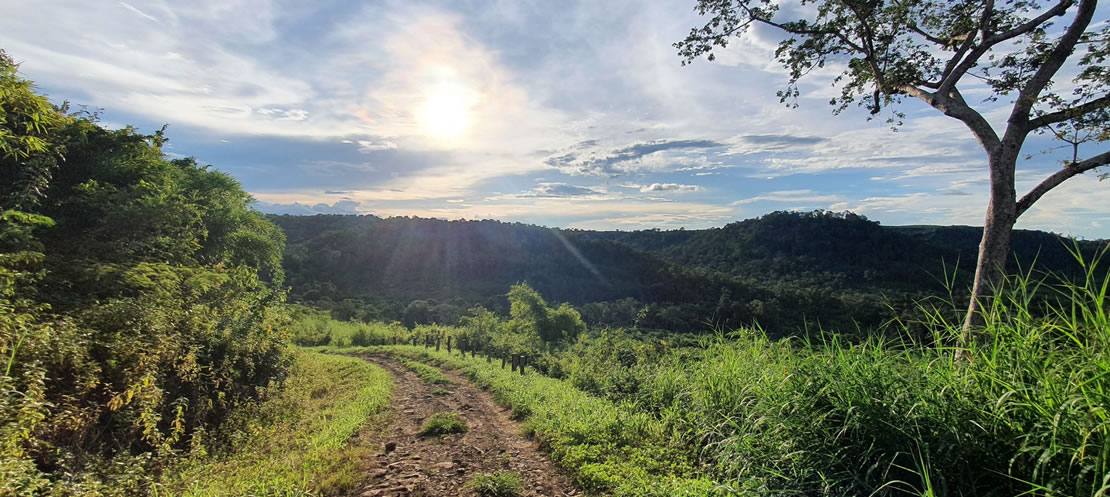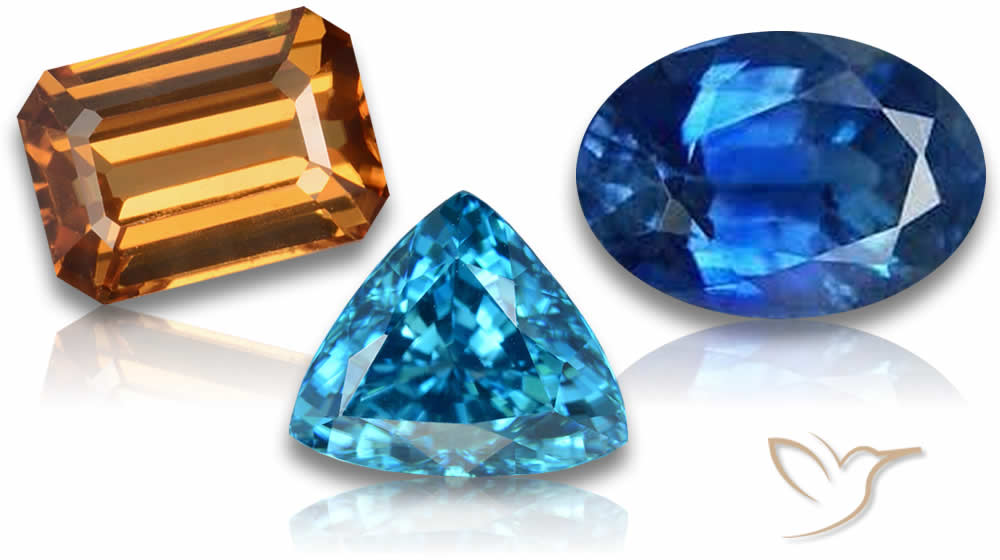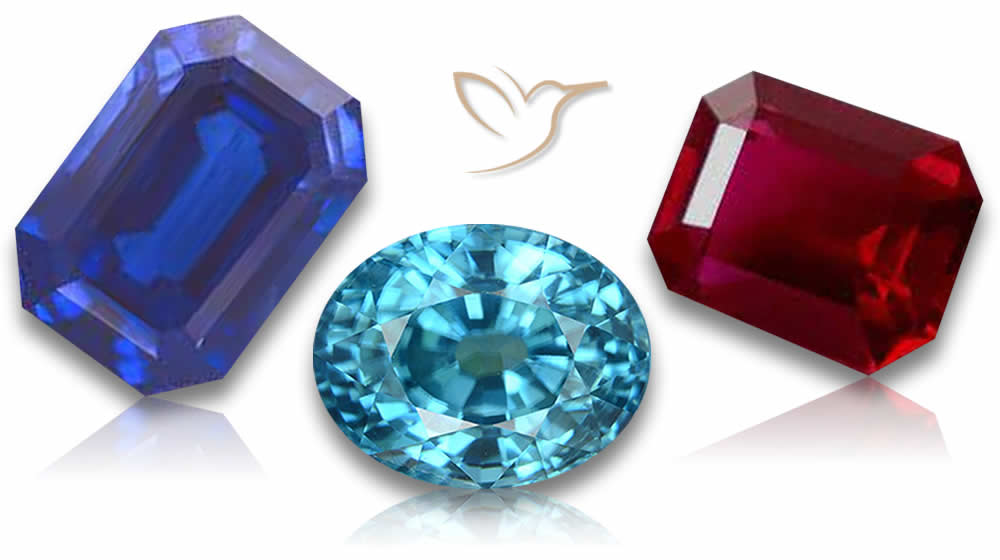Unearth the Wonders of Cambodian Gem Mountains Today!

Gem mining in Cambodia is a thriving industry that has captured the attention of both local communities and international collectors alike. The Cambodian gem mountains, nestled in the heart of Southeast Asia, is known for its rich deposits of precious stones, particularly sapphires, rubies, and garnets, Cambodia’s gem mining sector has a long history, deeply rooted in the country’s culture and economy. The rich geological landscape, combined with traditional mining techniques, has led to the discovery of some of the world’s most vibrant and valuable gemstones. Discover our range of Cambodian gems for sale.
Key Takeaways:
- The Cambodian Gem Mountains are a region in Southeast Asia that are rich in natural resources and cultural significance.
- Gem mining in Cambodia is a journey into the earth's treasures, involving techniques, challenges, and rewards of gemstone excavation in this region.
- The Cambodian gem industry is a hub of rare and valuable gems that are sold in the global market.
- The region is abundant in precious stones such as zircon, loose sapphires, rubies, topaz and amethysts.
- The Cambodian Gem Mountains are surrounded by breathtaking landscapes and lush forests.
Gem Mining in Cambodia: A Journey into the Earth's Treasures
As we venture into the Cambodian Gem Mountains, we embark on a thrilling journey into the heart of the earth's treasures. Gem mining in Cambodia is a fascinating process that involves extracting precious stones from deep within the earth's crust.
Miners in Cambodia use a variety of techniques to extract gems from the soil, including open-pit mining and underground mining. While open-pit mining involves digging large pits into the ground to access gems, underground mining involves digging tunnels and shafts to reach deeper deposits of precious stones.
One of the main challenges of gem mining in Cambodia is the harsh terrain, which makes it difficult for miners to operate heavy machinery and equipment. Additionally, the unpredictable weather conditions often lead to delays in mining activities. However, despite the challenges, the rewards of gemstone excavation in Cambodia make it a highly lucrative industry.

Gemstones found in Cambodia include zircon, sapphires, rubies, topaz, amethysts, and many others. These precious stones are highly valued for their unique colors, clarity, and overall quality. In fact, Cambodia is known for producing some of the world's finest gemstones, making it a major player in the global gem market.
Overall, the process of gem mining in Cambodia is a true adventure, filled with challenges and rewards alike. As we delve deeper into the earth's treasures, we are reminded of the remarkable natural resources that make Cambodia a truly special place.
The Cambodian Gem Industry: A Hub of Rare and Valuable Gems
The Cambodian Gem Mountains are not only a natural treasure trove of precious stones but also the source of a thriving gem industry. The industry plays a vital role in the country's economy, providing employment opportunities and generating revenue from gemstone trade in Cambodia.
The Cambodian gem industry has come a long way since its origins in the early 1900s. Today, the industry boasts advanced mining techniques, modern equipment, and skilled workers who contribute to the extraction and processing of gemstones. The industry has also benefited from enhancements in the regulatory framework, ensuring compliance with international standards and best practices.
The Role of the Cambodian Gem Industry in the Global Market
The Cambodian Gem Mountains are home to a diverse range of gemstones, including zircon, sapphires, rubies, topaz, and amethysts. These precious stones are highly sought after in the global market, primarily due to their rarity and unique characteristics. The industry contributes to the global supply of gemstones, adding to the overall value of the market.
The industry also provides employment opportunities for thousands of individuals in Cambodia. From skilled miners to gem cutters and polishers, the industry has created a niche for various professions and has contributed to the socio-economic development of the region.
Challenges and Opportunities in the Cambodian Gem Industry
Despite its many advantages, the Cambodian gem industry faces various challenges, such as illegal mining, smuggling, and lack of transparency in the supply chain. The industry is working towards addressing these issues, with measures such as the implementation of the Kimberly Process Certification Scheme, which aims to prevent the trade of conflict diamonds and other illicitly traded gemstones.
The industry has also embraced sustainable practices, recognizing the importance of minimizing environmental impact, promoting ethical labor practices, and ensuring responsible sourcing of gemstones. Through these initiatives, the industry has created opportunities for sustainable growth, and has positioned itself as a leader in the global gemstone market.
Hidden Treasures: Precious Stones in the Cambodian Mountains
As we delve deeper into the wonders of the Cambodian Gem Mountains, we cannot ignore the abundance of precious stones that lie hidden within. This region is a true treasure trove of natural gemstones, waiting to be unearthed and admired.
From zircon, sapphires and rubies to topaz and amethysts, the diversity of gemstones found in the Cambodian Gem Mountains is truly remarkable. These precious stones are highly coveted in the global market for their unique quality and beauty.
| Gemstone | Description |
|---|---|
| Zircon | The most popular color is blue, but zircon gemstones can also come in various colors, including pink, red, white, and orange. It is the birthstone for December. |
| Sapphire | A blue gemstone that can also come in various colors, including pink, purple, yellow, and green. It is the birthstone for September. |
| Ruby | A red gemstone that symbolizes love, passion, and power. It is the birthstone for July. |
| Topaz | Topaz is a versatile gemstone that can come in a range of colors, including yellow, blue, pink, and green. It is the birthstone for November. |
| Amethyst | A purple gemstone that signifies tranquility, balance, and inner peace. It is the birthstone for February. |
It is not just the variety of gemstones that makes this region special, but also the quality of the stones. The natural gemstones from the Cambodian mountains are renowned for their clarity, brilliance, and intensity of color. These precious stones are unique and mesmerizing, capturing the hearts of collectors and enthusiasts alike.
It is truly a remarkable sight to witness the beauty of natural gemstones from the Cambodian mountains. The journey to uncover these hidden treasures is a rewarding one, and a testament to the riches that lay within the earth.
The Enchanting Landscapes of the Cambodian Gem Mountains
As we venture into the Cambodian Gem Mountains in search of precious stones, we are mesmerized by the breathtaking landscapes that surround us. The lush forests, majestic waterfalls, serene lakes, and winding rivers combine to create a natural beauty that is unparalleled.
While the gem mines of this region are the main attraction, they are only a small part of the larger picture. The stunning scenery sets the backdrop for gem mining, creating a unique and enchanting experience.
The Cambodian gem mines are hidden within this stunning landscape. These mines are often small, with miners working tirelessly to extract precious stones from the earth. The rocky mountainsides and rushing rivers make for a challenging and unpredictable environment, but the beauty of the surroundings makes it all worth it.
As we walk along the mountain paths, we can see the miners hard at work, using traditional methods to extract the gems from the earth. It is a laborious and time-consuming process, but the rewards are worth it when a precious stone is discovered.
With each step we take, we become more immersed in the natural wonder of the Cambodian Gem Mountains. The tranquility of the landscapes is a stark contrast to the intensity of the gem mining industry, but one that enhances the overall experience.
Cultural Significance: Gems and Traditions in Cambodia
As we continue to explore the wonders of Cambodian gemstones, it's essential to understand the cultural significance they hold in this region. For centuries, gems have played a vital role in Cambodian culture, with many traditions and beliefs surrounding their discovery, mining, and trading.
The Khmer Empire, which ruled over modern-day Cambodia from the 9th to the 15th century, was renowned for its mastery of jewelry making and gemstone carving. The royal family and elite members of society adorned themselves with exquisite pieces crafted from precious stones found in the Cambodian Gem Mountains, such as sapphires, rubies, and emeralds.
Today, the Cambodian gem industry remains an essential aspect of the country's heritage, with gemstone mining and trading deeply ingrained in Cambodian culture. Cambodian gemstones are believed to possess mystical and healing properties, making them highly valued in traditional medicine and spiritual practices.
The Cambodian government has taken steps to preserve the cultural significance of gemstones in the country. In 2019, the Ministry of Mines and Energy established the Gem and Jewelry Institute of Cambodia to promote sustainable and ethical practices in the gem industry while preserving the cultural heritage of Cambodian gemstones.
Cambodian gemstones are also an integral part of the country's economy, with the gem industry providing vital employment opportunities for many Cambodians. In 2019, gemstone exports accounted for over 16% of Cambodia's total exports, demonstrating the importance of the industry to the country's economy.
As we continue to appreciate the beauty and value of Cambodian gemstones, it's essential to acknowledge their cultural significance and the traditions and beliefs that have long surrounded them. By doing so, we can better appreciate the true depth and complexity of this remarkable region's natural resources.
Sustainability and Ethical Practices in Cambodian Gem Mining
At the heart of the Cambodian gem industry lies a commitment to sustainability and ethical practices. The industry recognizes the importance of reducing its environmental impact, ensuring fair labor practices, and promoting responsible gemstone sourcing.
As we have learned, gem mining in Cambodia is a complex process that involves a range of techniques and technologies. With the environmental impact in mind, many mining companies are now implementing sustainable practices to minimize any negative effects on the land and surrounding ecosystems.
One notable example is the use of water filtration systems to reduce the amount of sediment and pollutants released into local water sources. Additionally, many mining companies are investing in reforestation efforts to restore the natural habitats and support local biodiversity.
Another important aspect of ethical gem mining is ensuring fair labor practices. The Cambodian government has implemented strict regulations to prevent child labor and ensure safe working conditions for miners. Many mining companies have also taken steps to provide fair wages and benefits, as well as opportunities for professional development and training.

Finally, responsible gemstone sourcing is a critical component of sustainability and ethics in the Cambodian gem industry. Companies are investing in traceability systems to ensure that gems are sourced and sold in compliance with local laws and regulations. This includes providing transparent information on the origin and journey of each gemstone, from mining to sale. Discover our collection of Cambodian gems for sale.
The importance of sustainability and ethics
Adopting sustainable and ethical practices is not only crucial for preserving the natural environment and supporting local communities, but it also has economic benefits for the industry. Consumers are increasingly demanding transparency and accountability from companies, and are willing to pay a premium for responsibly sourced gemstones.
As such, embracing sustainability and ethics is not only the right thing to do, but it is also a smart business decision. By prioritizing responsible practices, the Cambodian gem industry is positioning itself as a leader in the global market, attracting conscious consumers and opening up new opportunities for growth and innovation.
Conclusion
Our journey to explore the wonders of the Cambodian Gem Mountains has been truly captivating. From the rich history and cultural significance of this region to the natural resources and abundance of precious stones, we have delved deep into the remarkable world of Cambodian gemstones.
Through our exploration of gem mining in Cambodia, we have gained a newfound appreciation for the dedication, skill, and hard work required to extract these treasures from the depths of the earth. We have learned about the challenges and rewards of gemstone excavation in this region, and the importance of sustainable and ethical practices in ensuring a bright future for the Cambodian gem industry.
Our journey has taken us through breathtaking landscapes, where we have witnessed the natural beauty that sets the backdrop for gem mining in this region. We have discovered the deep-rooted traditions and cultural significance of gemstones in Cambodia, and the ways in which they are intertwined with the country's rich heritage.
As we conclude our exploration, we are left with a sense of awe and curiosity about the hidden treasures that lie within the Cambodian Gem Mountains. We hope that our journey has inspired you to learn more about this extraordinary region and the beauty, value, and cultural significance of Cambodian gemstones.
FAQ
What is the significance of the Cambodian Gem Mountains?
The Cambodian Gem Mountains hold rich historical, natural, and cultural significance. They are known for their abundant gemstone deposits and have played a crucial role in the country's gem industry and heritage.
How are gemstones mined in Cambodia?
Gem mining in Cambodia involves a process of excavation to extract precious stones from the depths of the mountains. Miners use various techniques, such as hand digging and machinery, to unearth the gemstones hidden within the earth.
What types of gemstones can be found in the Cambodian Gem Mountains?
The Cambodian Gem Mountains are home to a diverse range of gemstones, including zircon, sapphires, rubies, topaz, amethysts, and many more. These natural gemstones contribute to the region's reputation as a treasure trove of precious stones.
What are some of the challenges faced in gem mining in Cambodia?
Gem mining in Cambodia faces challenges such as environmental impact, ensuring sustainable practices, and promoting ethical sourcing. Efforts are being made to minimize the negative effects of mining and prioritize fair labor practices.
How are gemstones culturally significant in Cambodia?
Gemstones hold deep cultural significance in Cambodia, being associated with rituals, beliefs, and traditions. They are woven into the country's rich heritage and are an integral part of ceremonies and celebrations.
What steps are being taken to ensure sustainable and ethical practices in Cambodian gem mining?
The gem mining industry in Cambodia is actively working towards sustainability and ethical practices. This includes minimizing environmental impact, implementing fair labor practices, and promoting responsible gemstone sourcing to support a more responsible industry.
Can tourists visit the Cambodian Gem Mountains?
Yes, tourists can visit the Cambodian Gem Mountains and explore the landscapes that surround the region. However, it is important to respect the environment and follow any regulations in place to preserve the natural beauty of the area.

